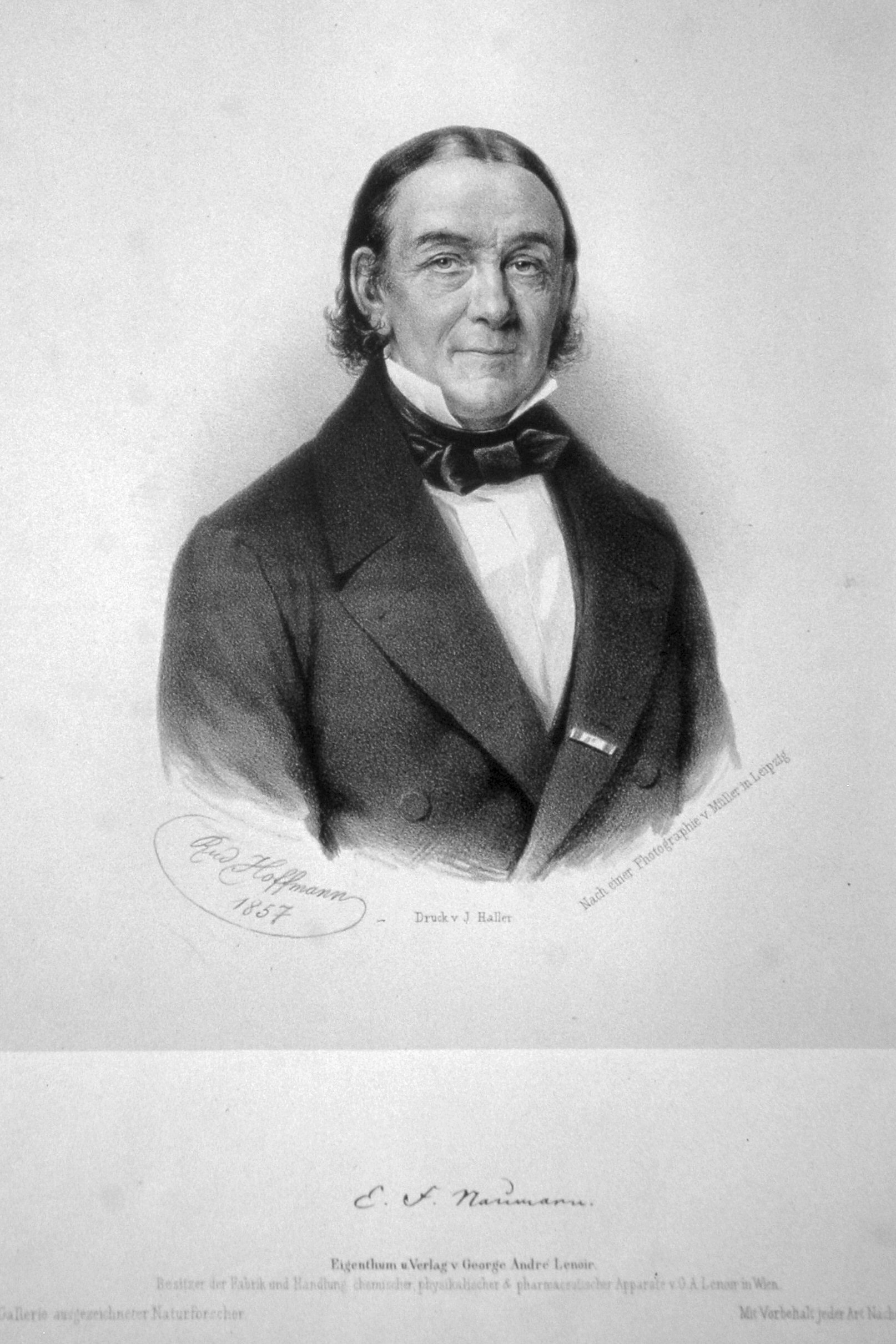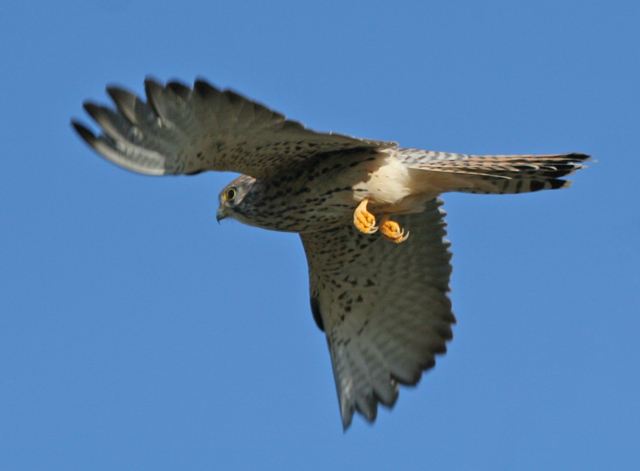|
Johann Andreas Naumann
Johann Andreas Naumann (13 April 1744 – 15 May 1826) was a German farmer and an amateur naturalist. He was the father of Johann Friedrich Naumann and geologist Georg Amadeus Carl Friedrich Naumann. He wrote an important book on the birds of Germany entitled ''Naturgeschichte der Vögel Deutschlands'' (1804), and his name has been commemorated in the Latin names of the birds lesser kestrel The lesser kestrel (''Falco naumanni'') is a small falcon. This species breeds from the Mediterranean across Afghanistan and Central Asia, to China and Mongolia. It is a summer bird migration, migrant, wintering in Africa and Pakistan and sometim ..., ''Falco naumanni,'' and the Naumann's thrush, ''Turdus naumanni.'' External linksNaturgeschichte der Vögel Deutschlands, nach einigen Erfahrungen entworfen &c. (Naumann, et al., 1822) Vol 2.T. 1744 births 1826 deaths People from Südliches Anhalt German naturalists {{Germany-scientist-stub ... [...More Info...] [...Related Items...] OR: [Wikipedia] [Google] [Baidu] |
Johann Andreas Naumann 1804
Johann, typically a male given name, is the German form of ''Iohannes'', which is the Latin form of the Greek name ''Iōánnēs'' (), itself derived from Hebrew name ''Yochanan'' () in turn from its extended form (), meaning "Yahweh is Gracious" or "Yahweh is Merciful". Its English language equivalent is John. It is uncommon as a surname. People People with the name Johann include: Mononym *Johann, Count of Cleves (died 1368), nobleman of the Holy Roman Empire *Johann, Count of Leiningen-Dagsburg-Falkenburg (1662–1698), German nobleman *Johann, Prince of Hohenzollern-Sigmaringen (1578–1638), German nobleman A–K * Johann Adam Hiller (1728–1804), German composer * Johann Adam Reincken (1643–1722), Dutch/German organist * Johann Adam Remele (died 1740), German court painter * Johann Adolf I, Duke of Saxe-Weissenfels (1649–1697) * Johann Adolph Hasse (1699-1783), German Composer * Johann Altfuldisch (1911—1947), German Nazi SS concentration camp officer executed for wa ... [...More Info...] [...Related Items...] OR: [Wikipedia] [Google] [Baidu] |
Johann Friedrich Naumann
Johann Friedrich Naumann (14 February 1780 – 15 August 1857) was a German scientist, engraver, and editor. He is regarded as the founder of scientific ornithology in Europe. He published ''The Natural History of German Birds'' (1820–1844) and ''The Eggs of German Birds'' (1818–1828). His father Johann Andreas Naumann (1744–1826) was a naturalist, and his brother Georg Amadeus Carl Friedrich Naumann, Carl Andreas Naumann (1786–1854) was also an ornithologist. The German ornithological society named its journal ''Naumannia''. The lesser kestrel (''Falco naumanni'') is also named for him. Biography Johann Friedrich Naumann was born in Ziebigk, about 10 km southeast of Köthen (Anhalt), Köthen, on 14 February 1780, as the son of Johann Andreas Naumann, a well-known natural historian. After attending school at Dessau, he returned home and devoted himself to the study of agriculture, botany, geology, and ornithology. His later work was devoted more exclusively to the ... [...More Info...] [...Related Items...] OR: [Wikipedia] [Google] [Baidu] |
Georg Amadeus Carl Friedrich Naumann
Georg Amadeus Carl Friedrich Naumann (30 May 1797 – 26 November 1873), also known as Karl Friedrich Naumann, was a German mineralogist and geologist. The crater Naumann on the Moon is named after him. Life Naumann was born at Dresden, the son of a distinguished musician and composer. He received his early education at Pforta, studied at Freiberg under Werner, and afterwards at Leipzig and Jena. He graduated at Jena, and was occupied in 1823 in teaching in that town and in 1824 at Leipzig. In 1826 he succeeded Mohs as professor of crystallography, in 1835 he became professor also of geognosy at Freiberg; and in 1842 he was appointed professor of mineralogy and geognosy in the University of Leipzig. At Freiberg he was charged with the preparation of a geological map of Saxony, which he carried out with the aid of Bernhard von Cotta in 1846. Naumann was a man of encyclopedic knowledge, lucid and fluent as a teacher. Early in life (1821-1822) he traveled in Norway, and his ob ... [...More Info...] [...Related Items...] OR: [Wikipedia] [Google] [Baidu] |
Bird
Birds are a group of warm-blooded vertebrates constituting the class Aves (), characterised by feathers, toothless beaked jaws, the laying of hard-shelled eggs, a high metabolic rate, a four-chambered heart, and a strong yet lightweight skeleton. Birds live worldwide and range in size from the bee hummingbird to the ostrich. There are about ten thousand living species, more than half of which are passerine, or "perching" birds. Birds have whose development varies according to species; the only known groups without wings are the extinct moa and elephant birds. Wings, which are modified forelimbs, gave birds the ability to fly, although further evolution has led to the loss of flight in some birds, including ratites, penguins, and diverse endemic island species. The digestive and respiratory systems of birds are also uniquely adapted for flight. Some bird species of aquatic environments, particularly seabirds and some waterbirds, have further evolved for swimming. B ... [...More Info...] [...Related Items...] OR: [Wikipedia] [Google] [Baidu] |
Lesser Kestrel
The lesser kestrel (''Falco naumanni'') is a small falcon. This species breeds from the Mediterranean across Afghanistan and Central Asia, to China and Mongolia. It is a summer bird migration, migrant, wintering in Africa and Pakistan and sometimes even to India and Iraq. It is rare north of its breeding range, and declining in its European range. The genus name derives from Late Latin ''falx'', ''falcis'', a sickle, referencing the claws of the bird, and the species name commemorates the German naturalist Johann Friedrich Naumann. Description It is a small bird of prey, in length with a wingspan. It looks very much like the larger common kestrel but has proportionally shorter wings and tail. It shares a brown back and barred grey underparts with the larger species. The male has a grey head and tail like male common kestrels, but lacks the dark spotting on the back, the black Cheek, malar stripe, and has grey patches in the wings. The female and young birds are slightly paler ... [...More Info...] [...Related Items...] OR: [Wikipedia] [Google] [Baidu] |
Naumann's Thrush
Naumann's thrush (''Turdus naumanni'') is a member of the Thrush (bird), thrush family Turdidae which breeds eastwards from central Siberia to North Manchuria, Amurland and Sakhalin. It is closely related to the more northerly breeding dusky thrush ''T. eunomus''; the two have often been regarded as conspecific. This species breeds in open woodland areas; dusky thrush, as would be expected, is more tolerant of mountainous and tundra-edge habitats. This species is strongly bird migration, migratory, wintering South Asia to Southeast Asia, principally in China, Korea and neighboring countries. It is a rare vagrant to Western Europe. It nests in trees, laying 3-5 Egg (biology), eggs in an untidy but neatly lined nest. Migrating birds and wintering birds often form small flocks. It is omnivorous, eating a wide range of insects, especially mosquitoes, earthworms and berries. This is a medium-sized but stocky thrush, reminiscent in structure of a small fieldfare. The underwing is red ... [...More Info...] [...Related Items...] OR: [Wikipedia] [Google] [Baidu] |
1744 Births
Events January–March * January 6 – The Royal Navy ship ''Bacchus'' engages the Spanish Navy privateer ''Begona'', and sinks it; 90 of the 120 Spanish sailors die, but 30 of the crew are rescued. * January 24 – The Dagohoy rebellion in the Philippines begins, with the killing of Father Giuseppe Lamberti. * February – Violent storms frustrate a planned French invasion of Britain. * February 22– 23 – Battle of Toulon: The British fleet is defeated by a joint Franco-Spanish fleet. * March 1 (approximately) – The Great Comet of 1744, one of the brightest ever seen, reaches perihelion. * March 13 – The British ship ''Betty'' capsizes and sinks off of the Gold Coast (modern-day Ghana) near Anomabu. More than 200 people on board die, although there are a few survivors. * March 15 – France declares war on Great Britain. April–June * April – ''The Female Spectator'' (a monthly) is founded by Eliza Haywood in E ... [...More Info...] [...Related Items...] OR: [Wikipedia] [Google] [Baidu] |
1826 Deaths
Eighteen or 18 may refer to: * 18 (number), the natural number following 17 and preceding 19 * one of the years 18 BC, AD 18, 1918, 2018 Film, television and entertainment * ''18'' (film), a 1993 Taiwanese experimental film based on the short story ''God's Dice'' * ''Eighteen'' (film), a 2005 Canadian dramatic feature film * 18 (British Board of Film Classification), a film rating in the United Kingdom, also used in Ireland by the Irish Film Classification Office * 18 (''Dragon Ball''), a character in the ''Dragon Ball'' franchise * "Eighteen", a 2006 episode of the animated television series ''12 oz. Mouse'' Music Albums * ''18'' (Moby album), 2002 * ''18'' (Nana Kitade album), 2005 * '' 18...'', 2009 debut album by G.E.M. Songs * "18" (5 Seconds of Summer song), from their 2014 eponymous debut album * "18" (One Direction song), from their 2014 studio album ''Four'' * "18", by Anarbor from their 2013 studio album '' Burnout'' * "I'm Eighteen", by Alice Cooper commonl ... [...More Info...] [...Related Items...] OR: [Wikipedia] [Google] [Baidu] |
People From Südliches Anhalt
A person ( : people) is a being that has certain capacities or attributes such as reason, morality, consciousness or self-consciousness, and being a part of a culturally established form of social relations such as kinship, ownership of property, or legal responsibility. The defining features of personhood and, consequently, what makes a person count as a person, differ widely among cultures and contexts. In addition to the question of personhood, of what makes a being count as a person to begin with, there are further questions about personal identity and self: both about what makes any particular person that particular person instead of another, and about what makes a person at one time the same person as they were or will be at another time despite any intervening changes. The plural form "people" is often used to refer to an entire nation or ethnic group (as in "a people"), and this was the original meaning of the word; it subsequently acquired its use as a plural form of ... [...More Info...] [...Related Items...] OR: [Wikipedia] [Google] [Baidu] |

.jpg)


_1938.jpg)